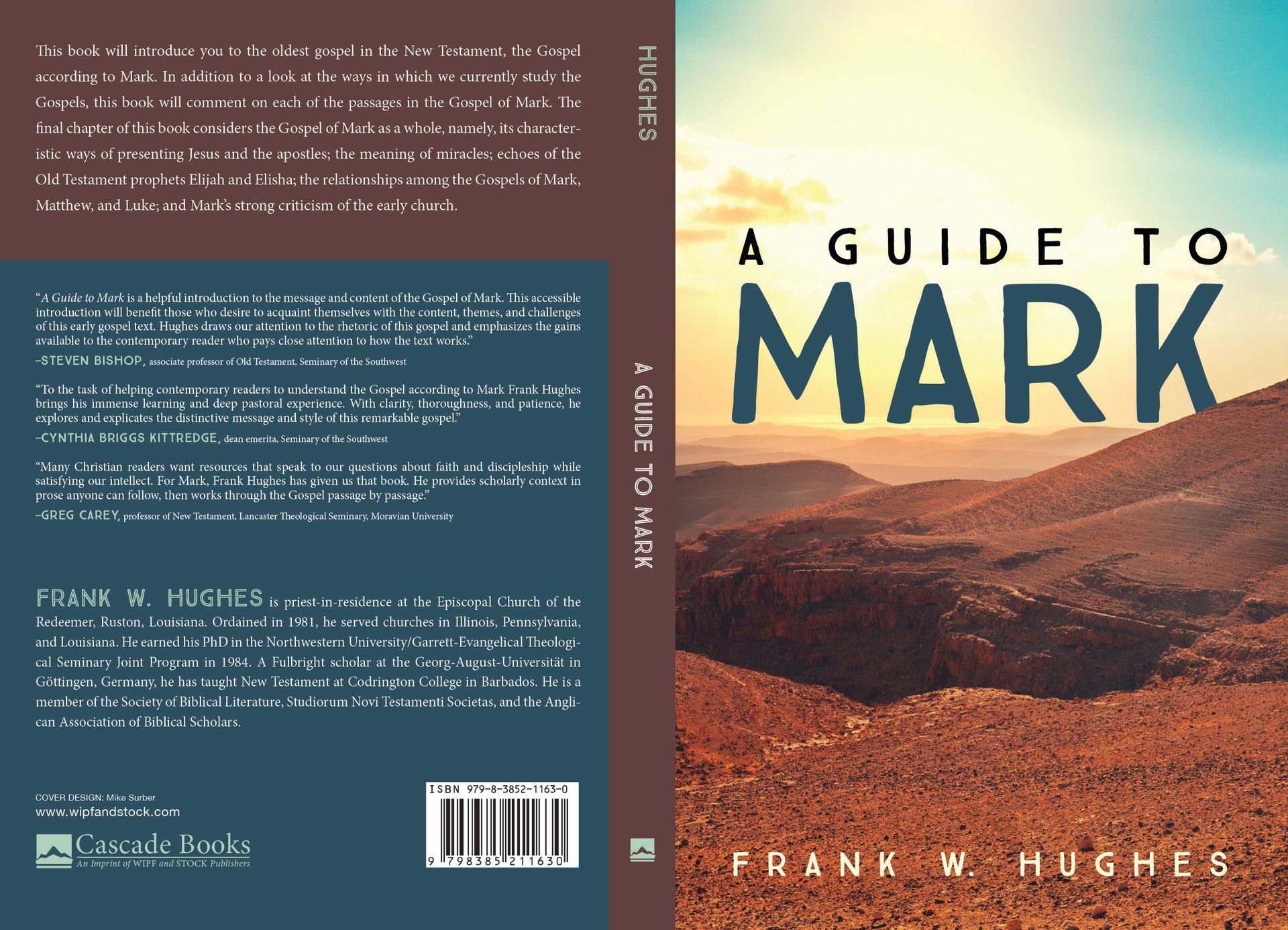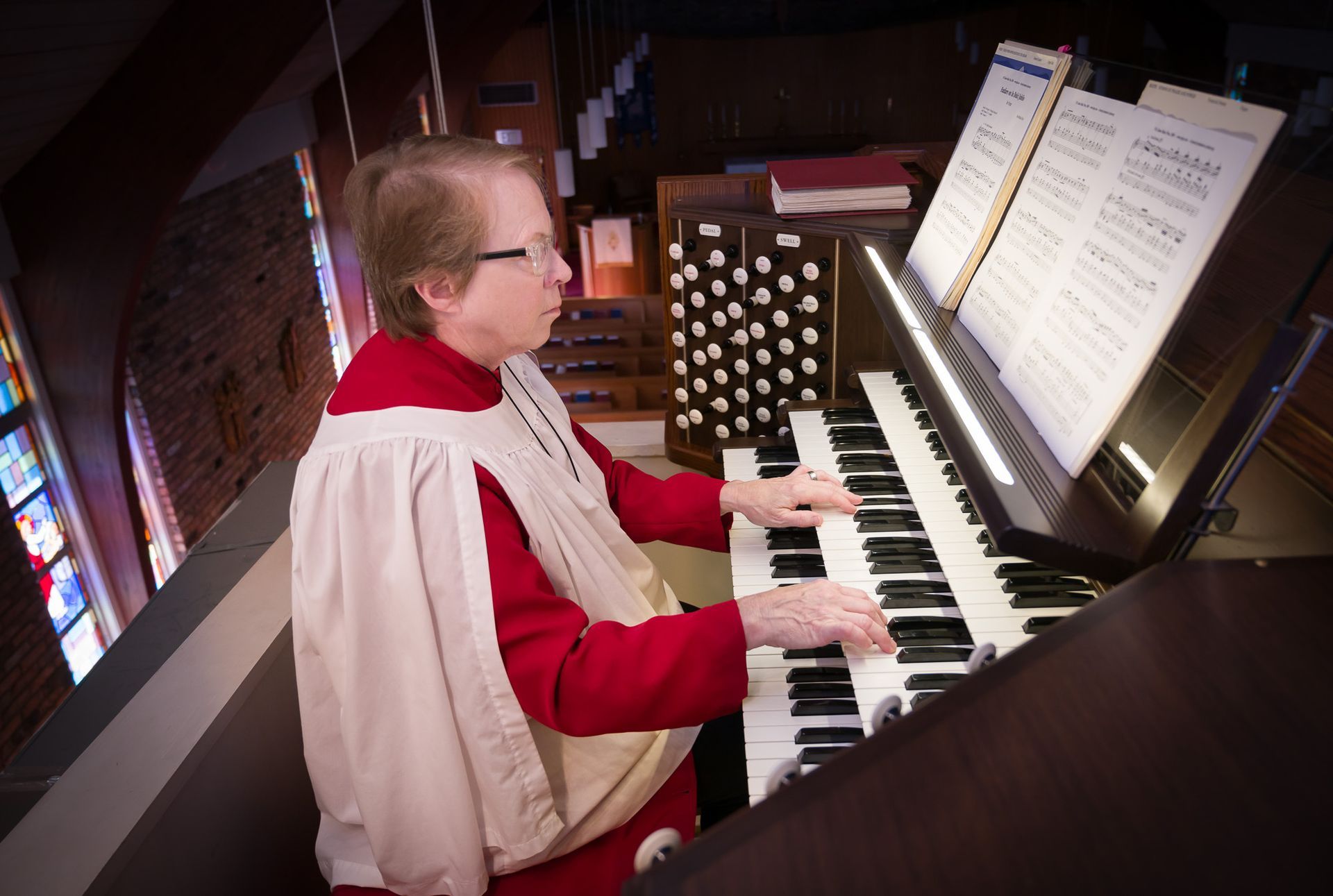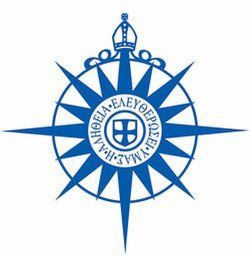The Episcopal Church
A Guide to Mark

My Journey with the Gospel of Mark
When I went to seminary in September 1976, I can truthfully say I didn’t know what I was doing, and I didn’t have any idea of the many twists and turns my future career as a priest would take. My first course in seminary was with a brash (that’s putting it mildly) 34-year-old New Testament scholar and priest named Richard I. Pervo, entitled “The Gospel According to Mark.” I had no idea it would become my favorite gospel.
Later, in graduate school in the 1980s, I actually learned what form criticism of the gospel was, but I spent most of my time with Pauline letters and with Greek and Roman rhetoric, so I didn’t think much about Mark. I wrote a lot about both 1 and 2 Thessalonians as well as 1 and 2 Corinthians. In 1998 I went to Barbados to teach in Codrington College, and I was very active in that endeavor until 2004 when I returned to the United States. I remember teaching courses on the New Testament, on the letters of Paul, the other letters attributed to Paul, Luke, John, Corinthians, Pauline theology, and on ecumenism. I can’t remember ever teaching a course on Mark to seminarians.
But as it turns out I got reacquainted with Mark. And I wanted to create a series of books for “regular people,” meaning people whom I have ministered to and with in churches, and really for any interested persons anywhere. It took a long time to get the series going; I switched publishers to Wipf and Stock. And the first volume of the “Faith and Understanding” series is my book A Guide to Mark, with about as nondescript a title as anyone can imagine. Perhaps prophetically, it was published on Friday, June 13, 2025: no kidding, Friday the 13th. I am pleased with the length of 129 pages of text.
And last week, the “Faith and Understanding” series was approved, and I have two brilliant co-editors: one of them a retired professor at Catholic University of America and a distinguished New Testament scholar, and the other a retired professor at John Carroll University and the past president of the Catholic Biblical Association, an experienced teacher, author, and editor. We still want to write and publish books for “regular people” who are not clergy or theological students in the formal sense, but people who want to know the basics, and a little beyond the basics, about the Bible and the Christian faith and life. We think there is a real market for books like this.
And so I am pleased that, on the back cover of the book, I am identified as “priest-in-residence of the Episcopal Church of the Redeemer, Ruston, Louisiana.” Three friends and colleagues have written very complimentary blurbs about the book. The royalties I earn on this book, I will deposit into my research account, so I can continue to go to meetings and buy more books.
My journey with Mark is actually continuing, as I am now writing sample chapters of a medium-sized commentary on Mark, which would be about 300 to 400 pages or some 100,000 to 150,000 words.
And so, I can only say “thank you” to all the members of the Church of the Redeemer for your kindness and maybe even your interest in my other work as a scholar.
Frank W. Hughes +












